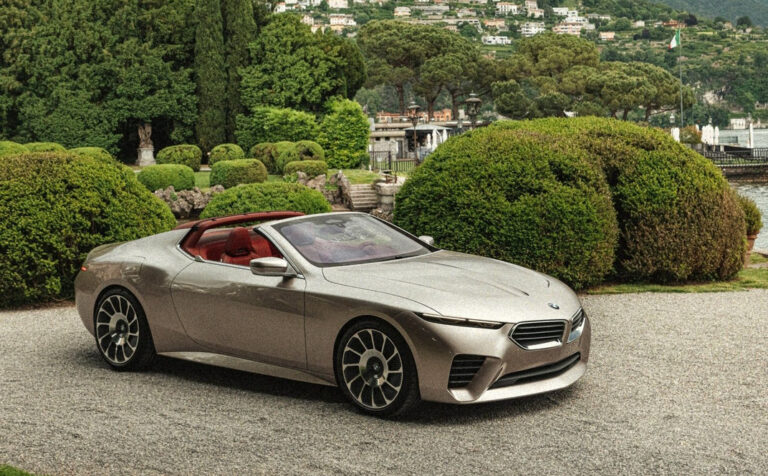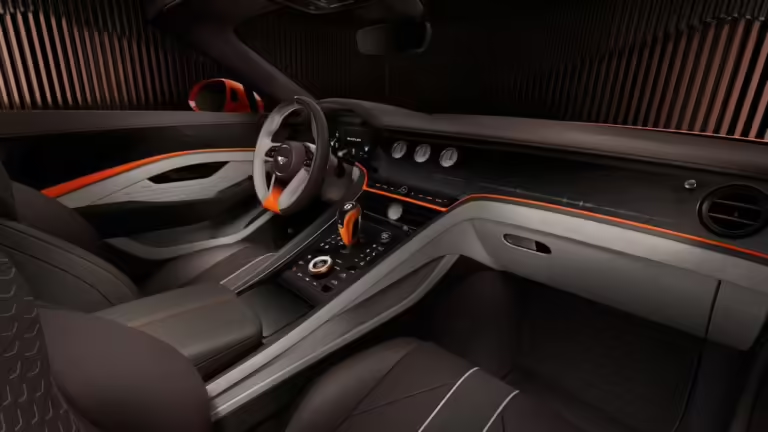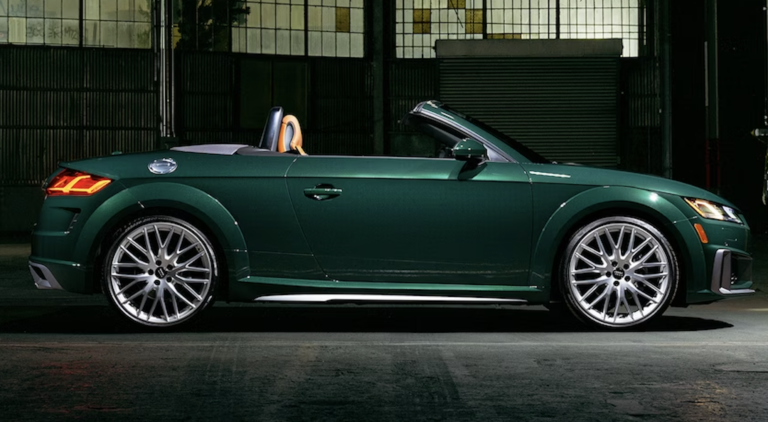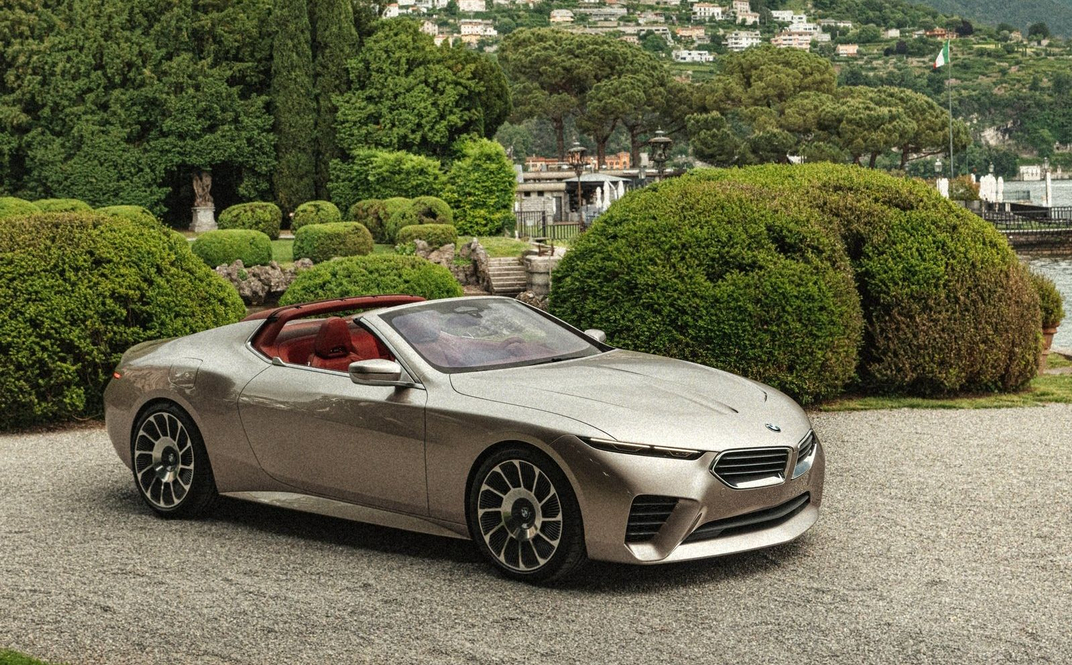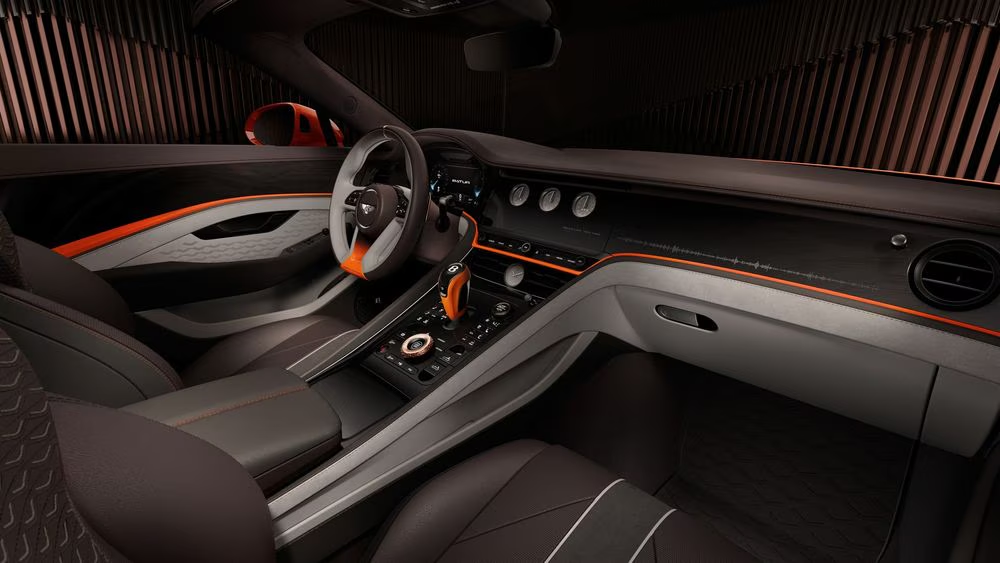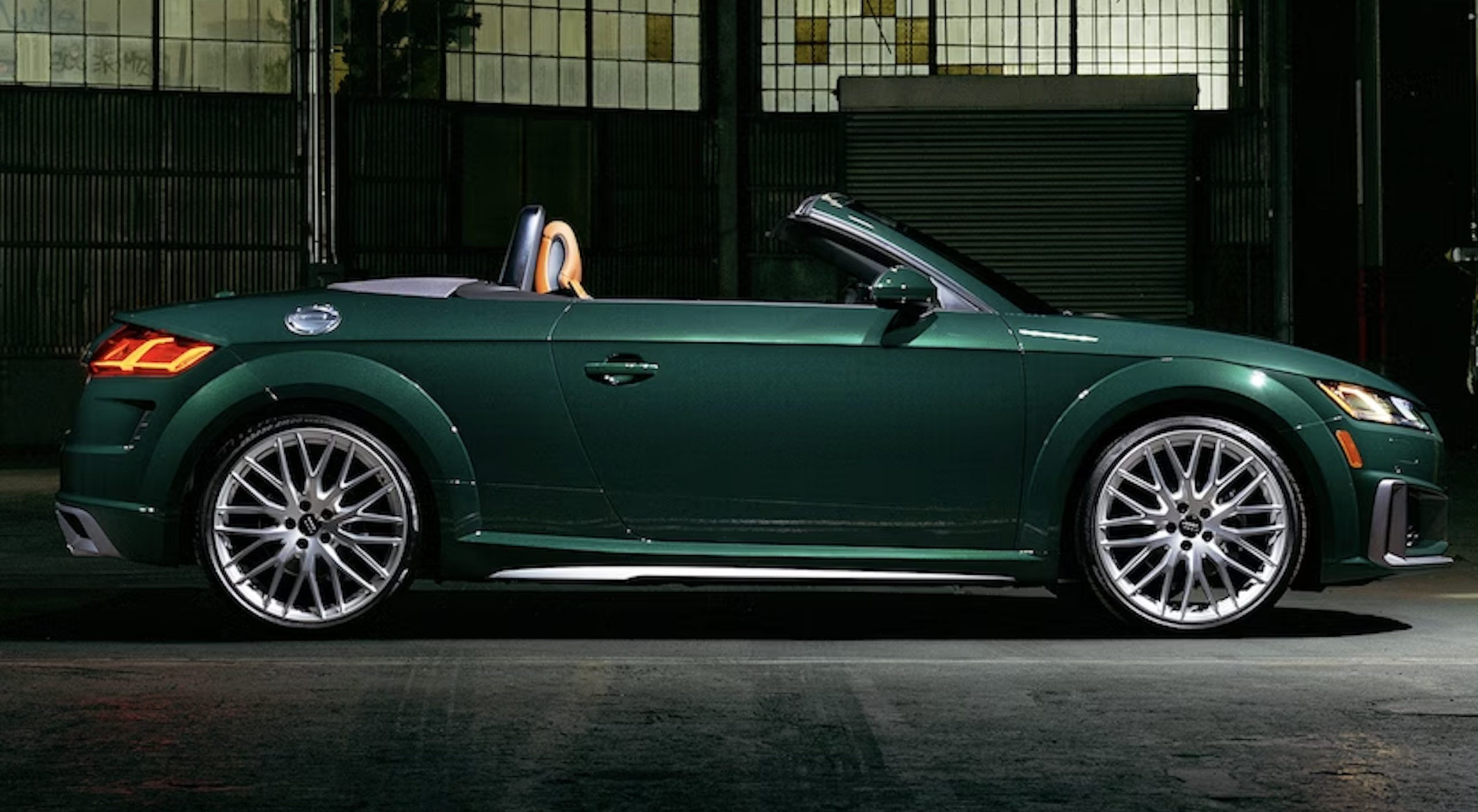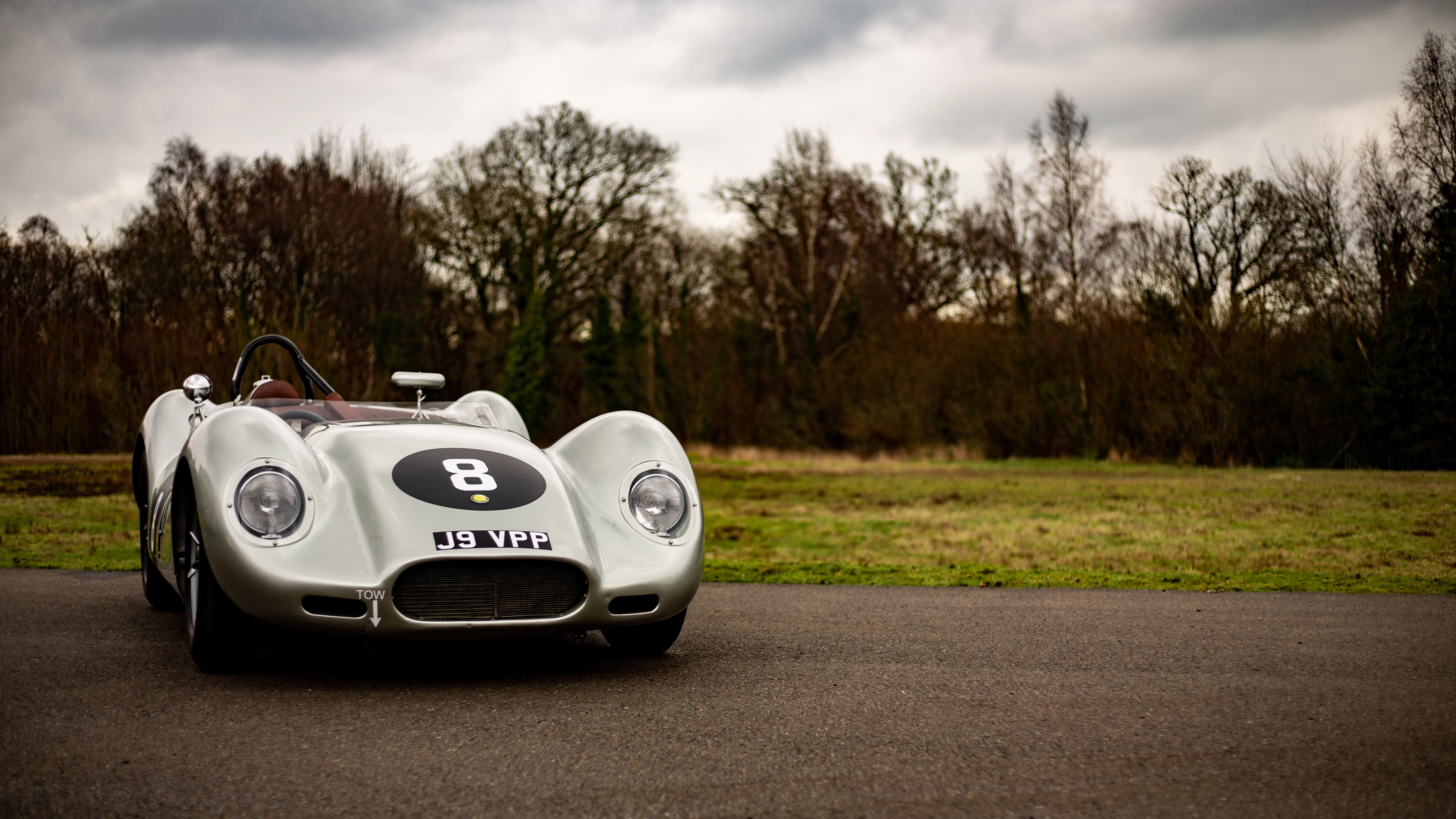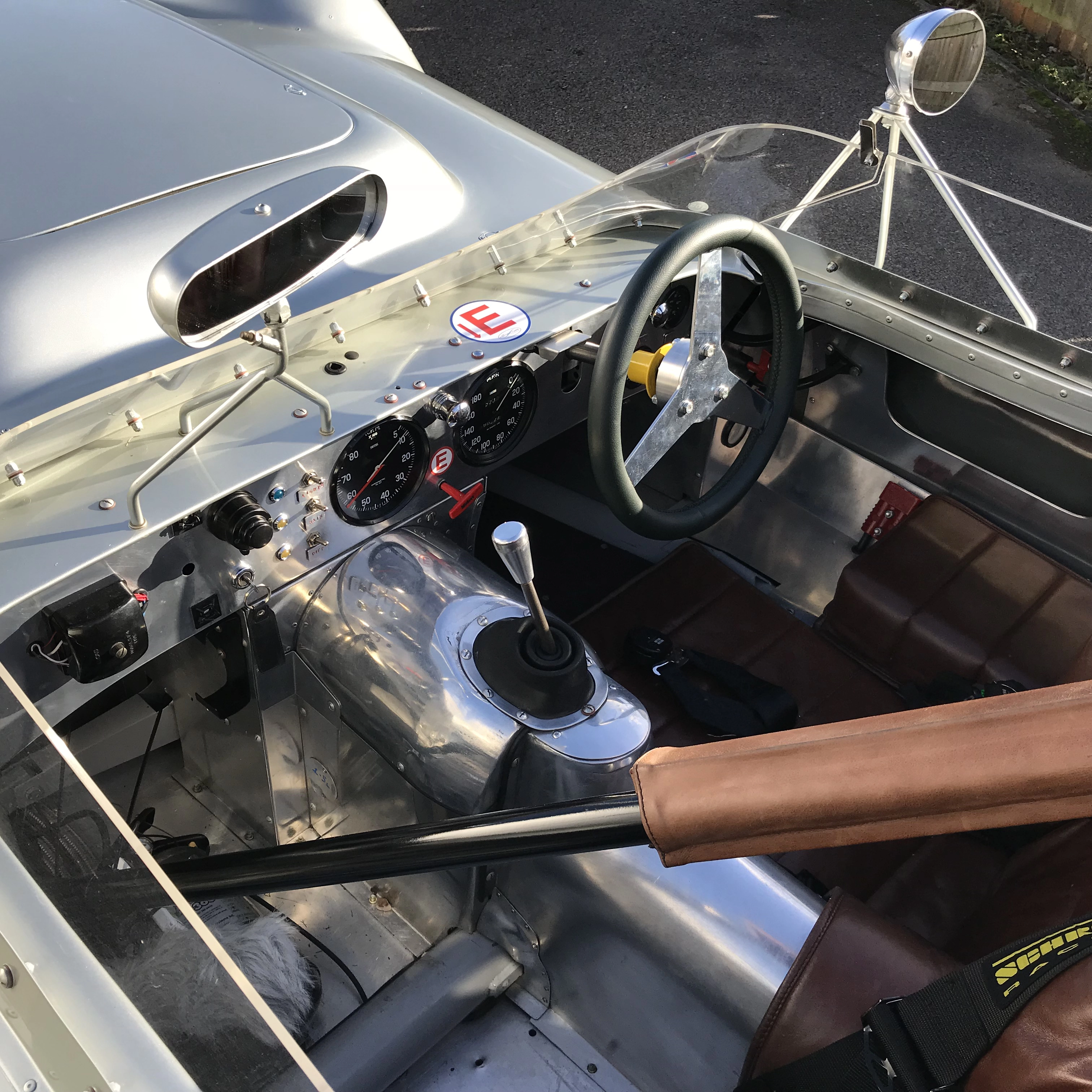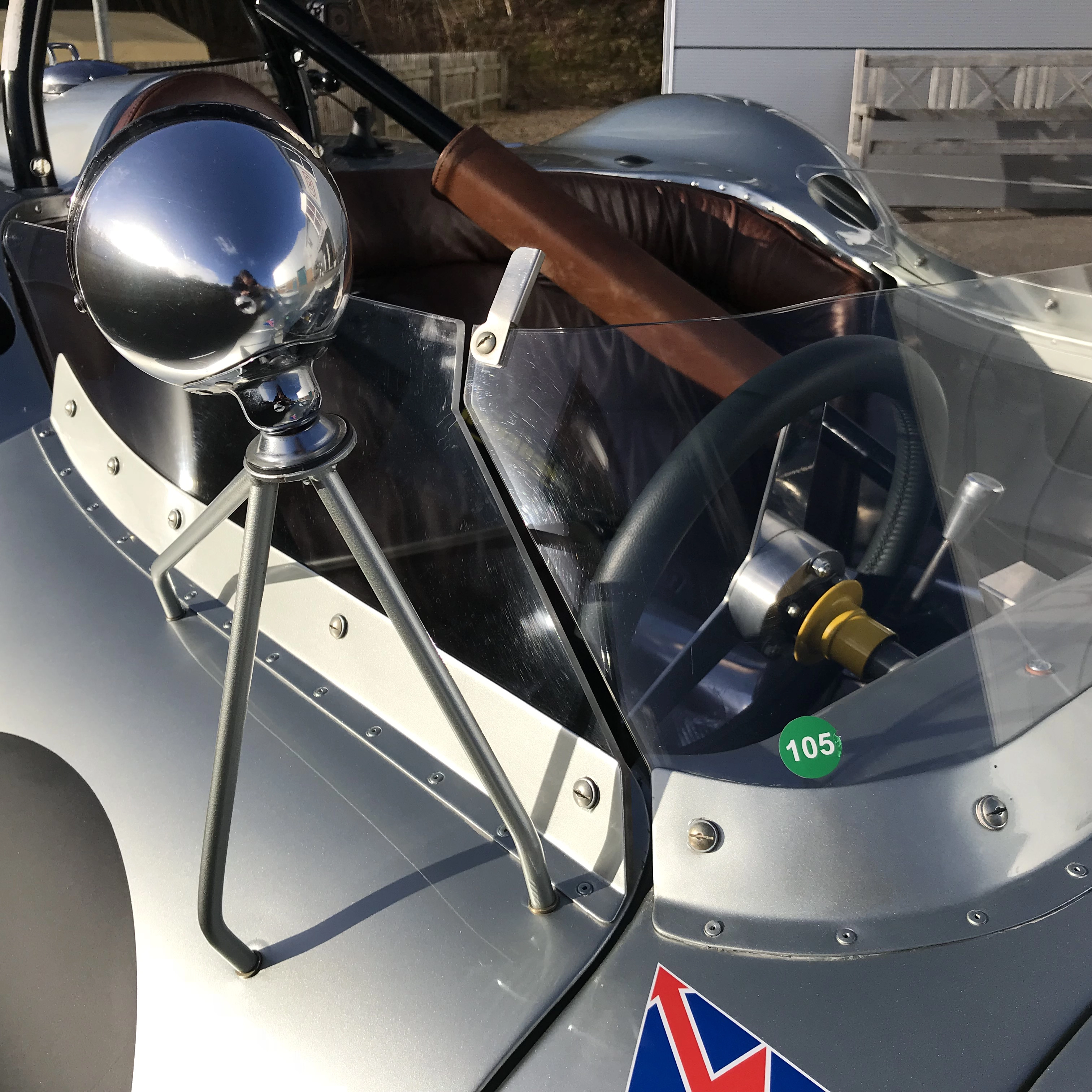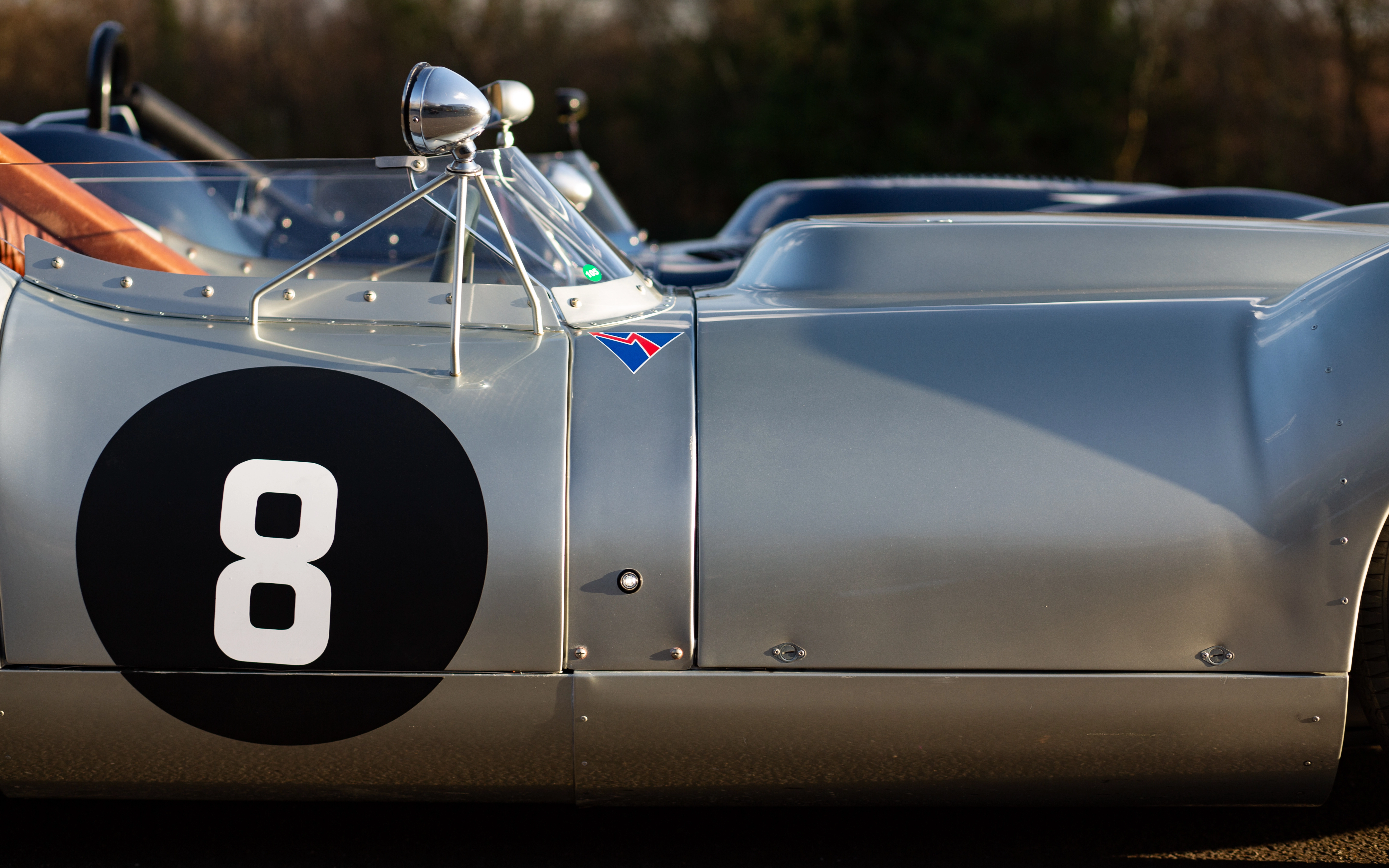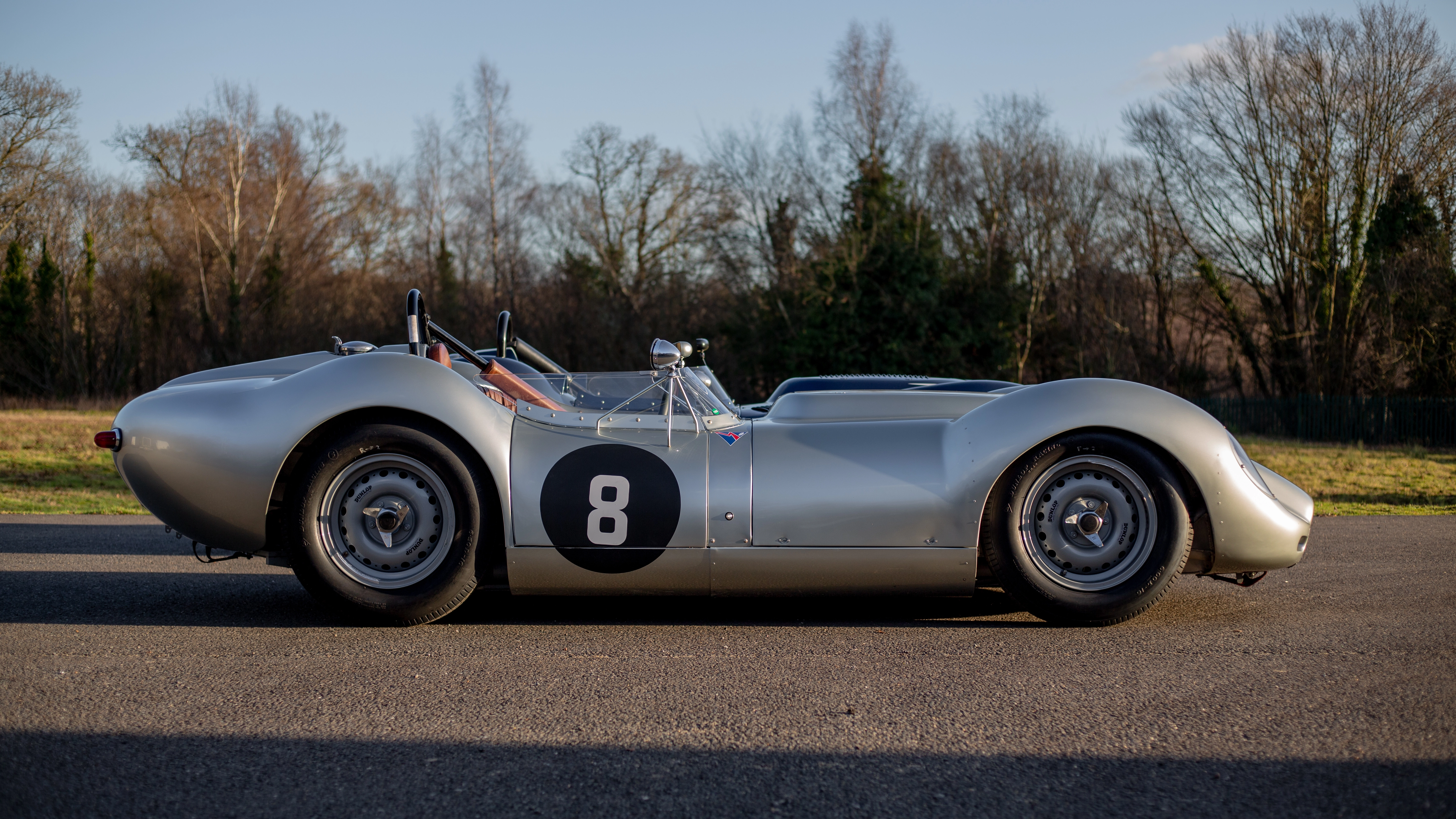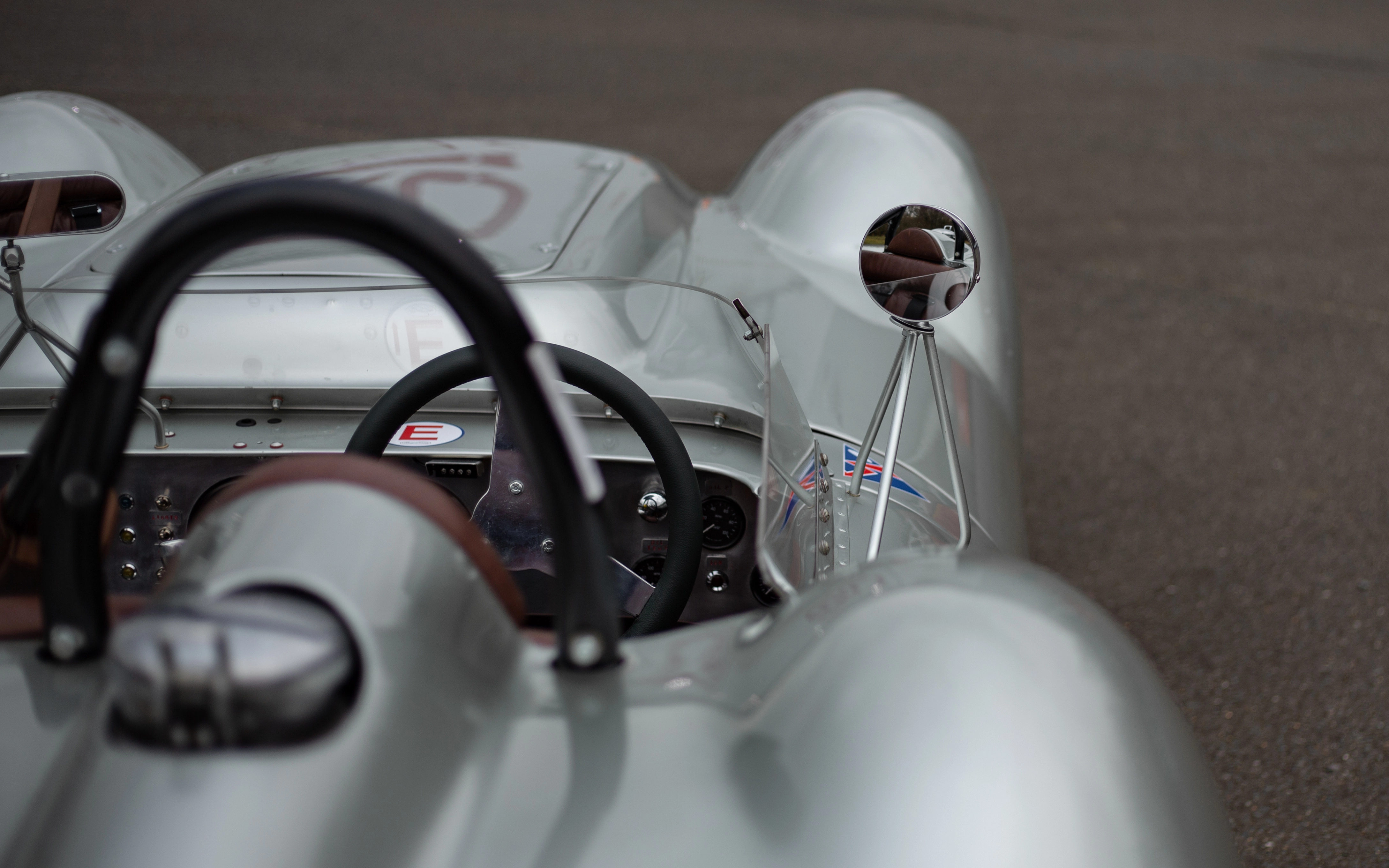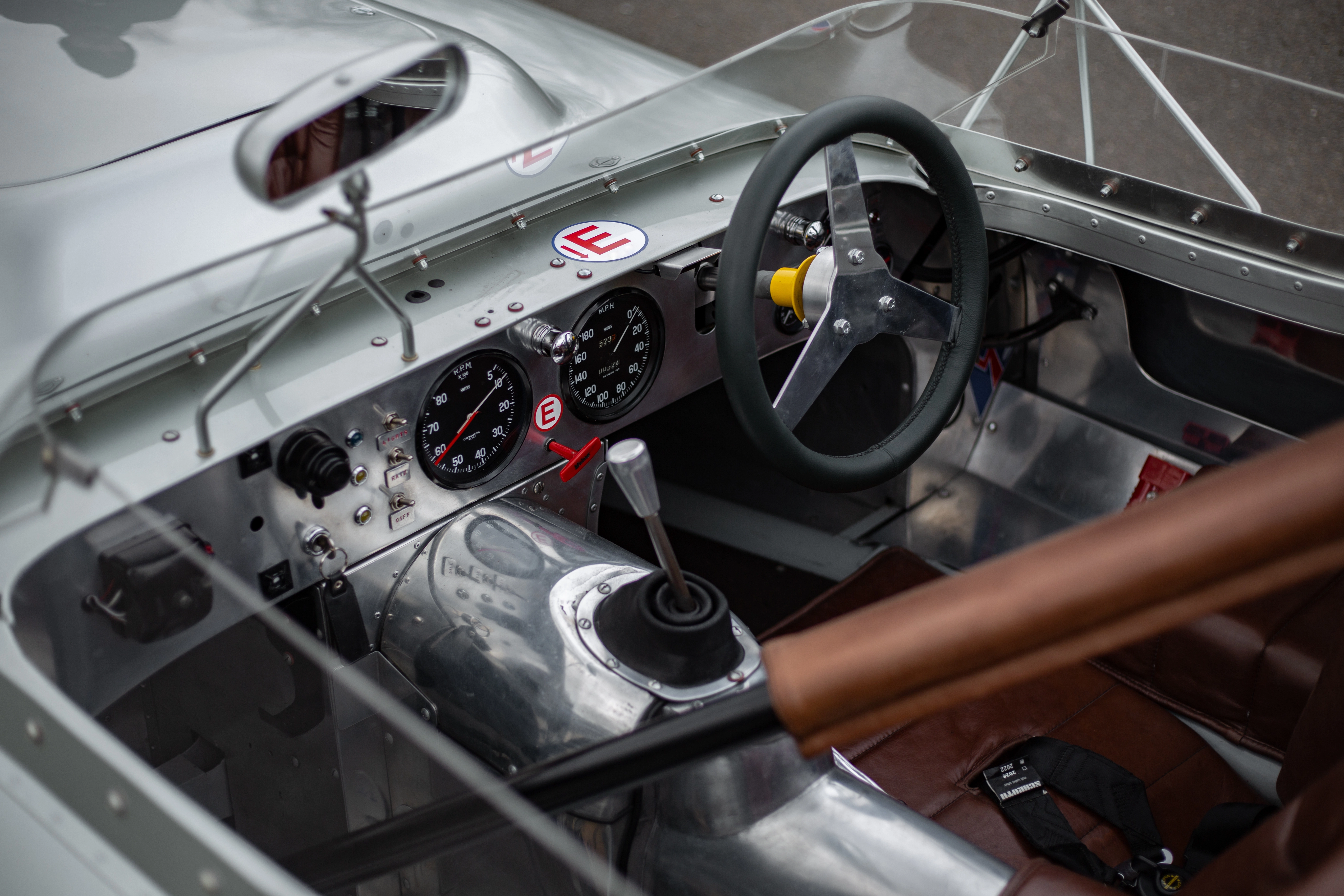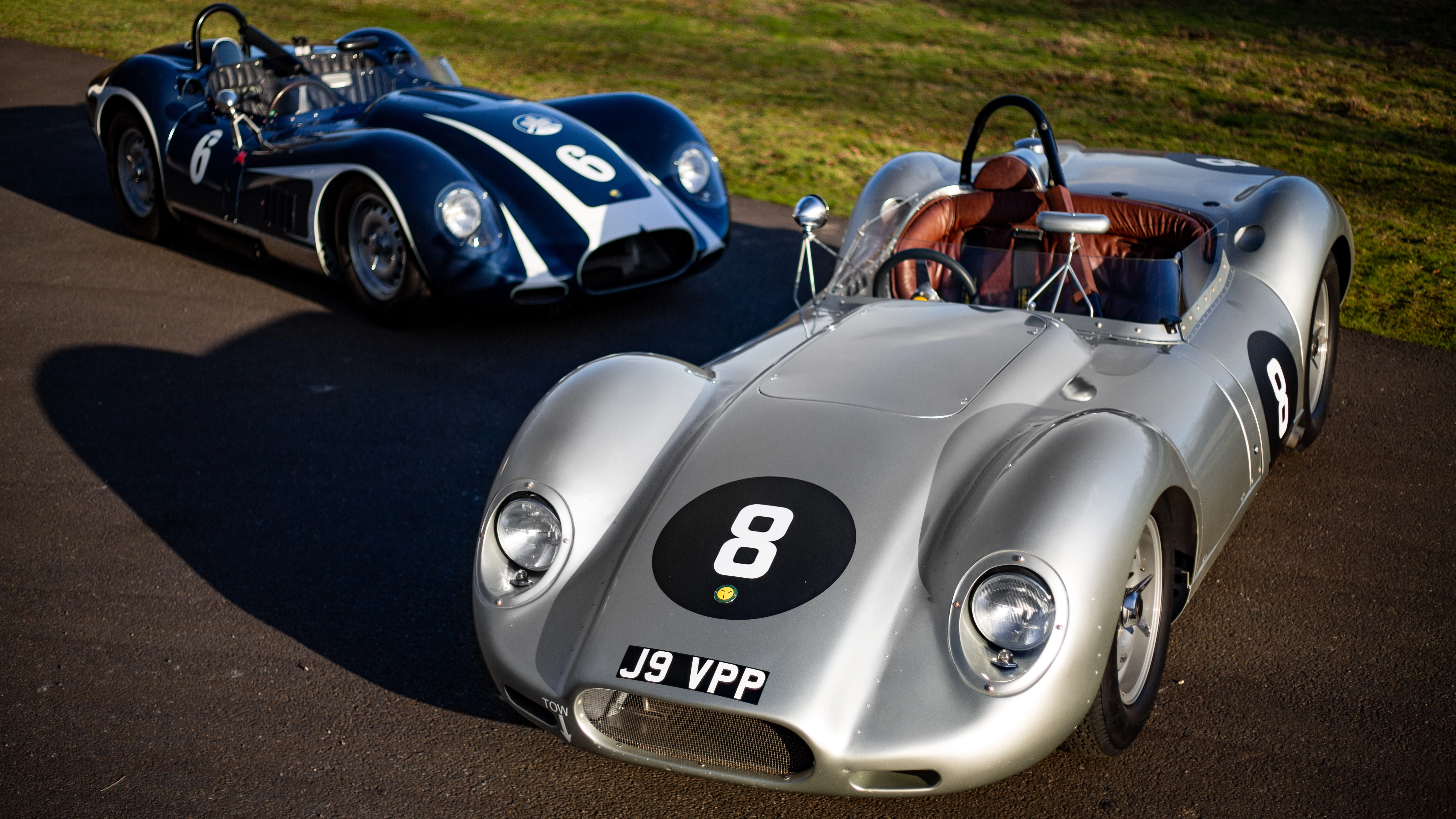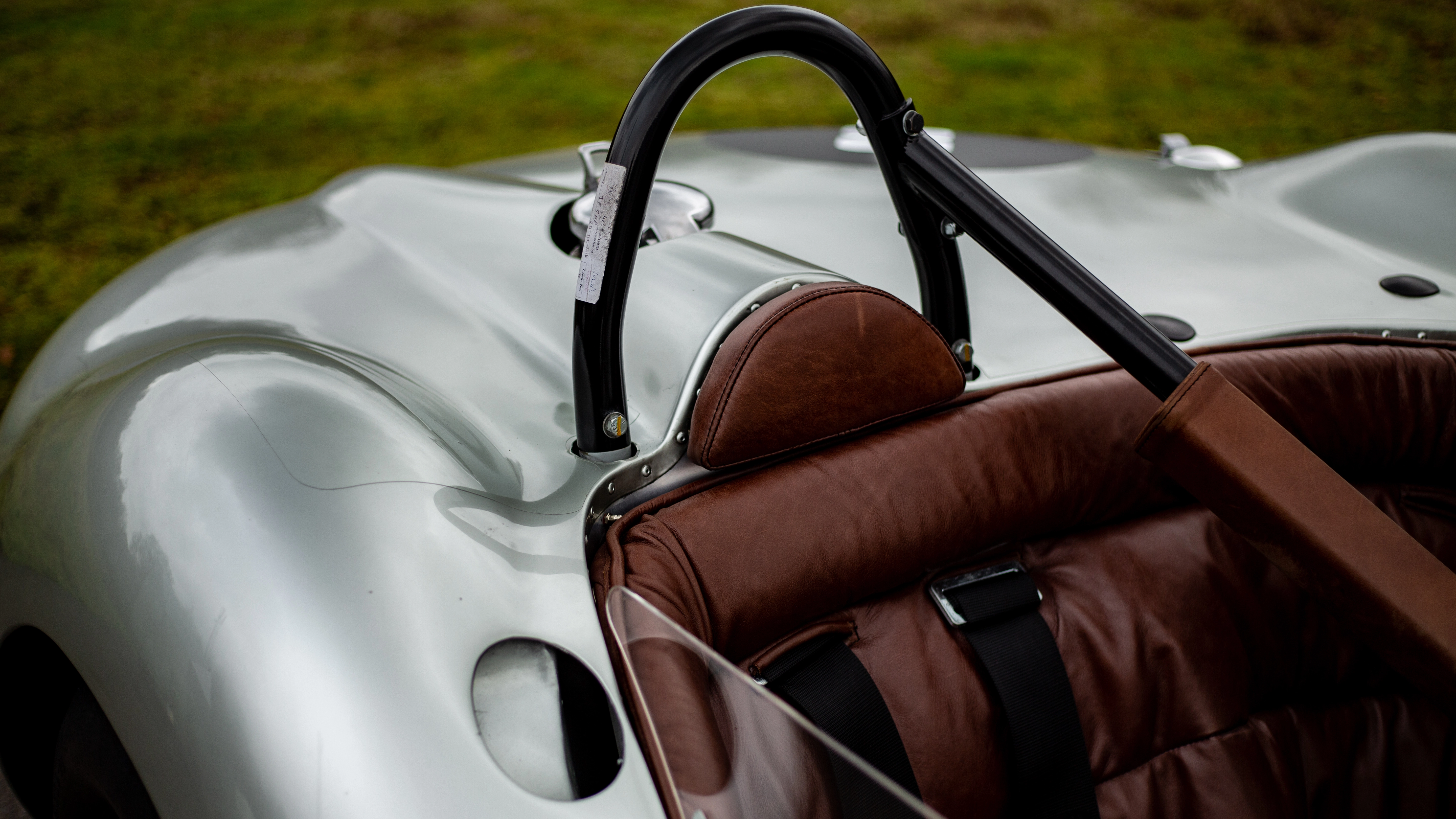Rules are there to be… interpret: driving Lister-Jaguar Knobbly

Redakcja Cabrio Magazyn
November 18, 2019r.
Similar from this category
21 June, 2024
13 November, 2023
01 November, 2023
BMW Skytop Concept. Luxury Targa in limited edition
21 June, 2024
AUDI TT FINAL EDITION or the end of a design icon
13 November, 2023
DS MANAGER. HAPPINESS AND POSITIVE VIBES WITH PARTNERS
01 November, 2023
Text: Piotr R. Frankowski
Photos: Alexander Brodie, author.
We’re used to reading news that one team or another in Formula One has been caught breaking the rules. And then we read that, in fact, the team did something that the authors of the regulations did not foresee, so technically no regulations were broken… Then the regulations are modified and the game goes on. Everyone is trying to find a bit of an advantage over others, and gaining an advantage is what motorsports is all about.
There was once a car in 1958 that was able to win over the Jaguar D-type. It was built by a small, private company in Cambridge, using sound engineering knowledge and a bit of ingenuity in interpreting the regulations. This car was called the Lister-Jaguar, with this version (there were others, including those with Chevrolet engines), colloquially called “Knobbly” (“covered with lumps”) because of the not-so-smooth body shapes. Shown officially in February 1958, the car represented the ingenuity of its creator, Brian Lister. He, in fact, in order to reduce the frontal area of a car powered by a rather tall Jaguar inline engine, carefully read the regulations. And it turned out that the minimum height of a windbreak is measured from its base.
So he clothed the car in aluminum skin, with a sizable recess just in front of the windshield and a hump, tightly shrouding the engine located below. The body was also distinguished by unusually streamlined fenders. Bodies were built from aluminum, but also in a few cases from the lighter but flammable magnesium alloy. Lister, powered by Jaguar and Chevrolet engines (with the latter not called “Knobbly” because it has a different shape) has become an effective tool in the racing sport. Much of the Cambridge-based brand’s success was due to its most famous factory driver, Archie Scott Brown. His mother contracted rubella during pregnancy and Archie was born with horribly deformed feet and without a right hand. Thanks to his great talent and tremendous determination, he became one of the best British drivers of the 1950s. He should also be considered the world’s first disabled performance driver. Although jealous opponents forced the revocation of his racing license due to birth defects, he won a return to the sport with the help of celebrities. He won multiple times at the wheel of the Lister, and died in the Lister.
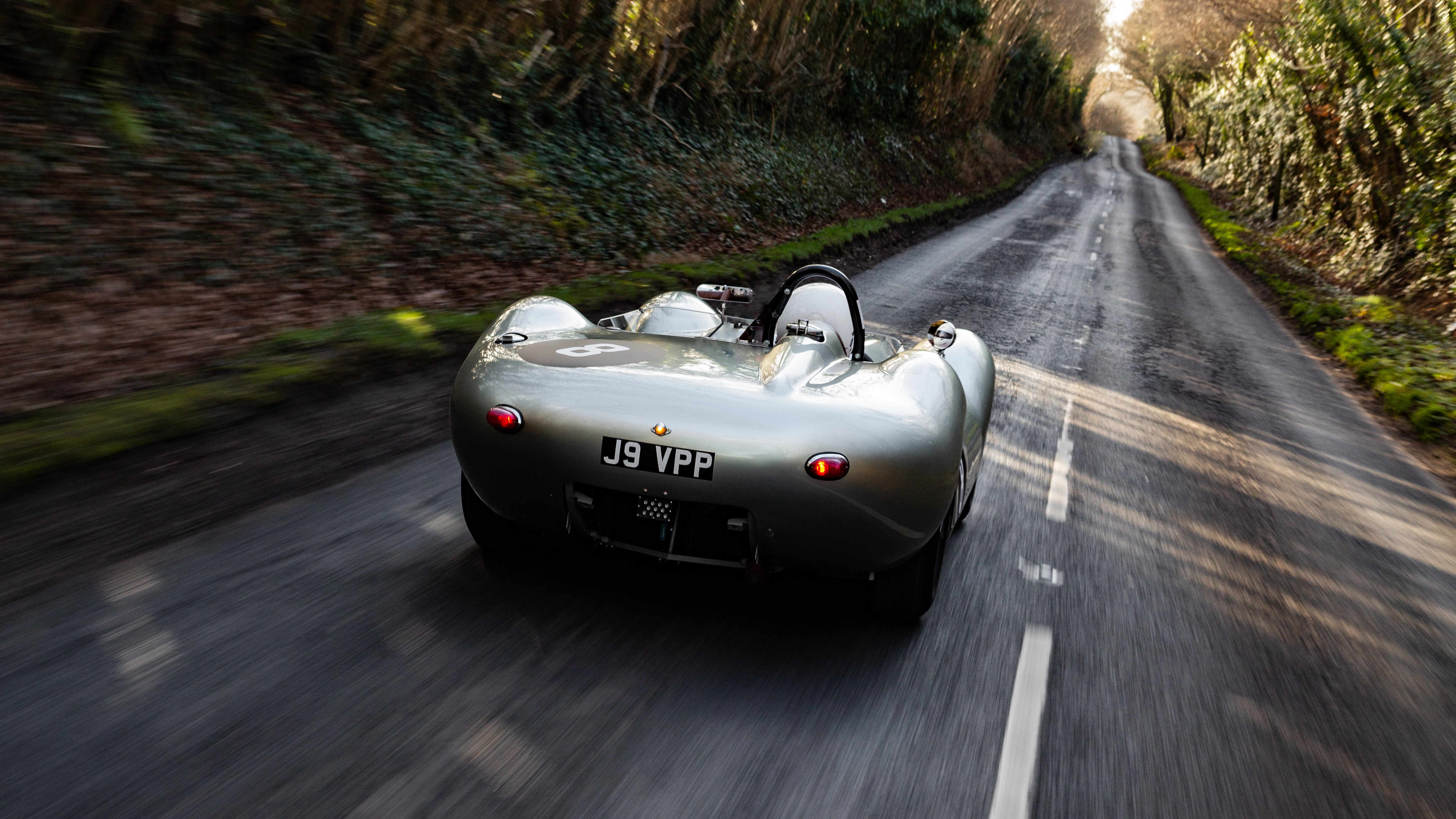
The Lister company has recently experienced a renaissance, is in the hands of a new owner, and using the original subframes, has produced (periodically in small batches it continues to produce) authorized copies of the original Listers. By sports authorities, they are treated as original and allowed to race. Taking off in such cars means exactly the same experience as in cars from the 1950s, but without the risk to priceless museum cars. The silver car in our photos is a copy with the registration number BHL158, the first piece in the Continuation series produced by the revived Lister brand after a long hiatus that began in 1959. The car differs from the original only in minor changes to bring it into compliance with Appendix K of the FIA regulations. Powered by Jaguar’s 3.8-liter engine, the Lister Knobbly is approved for public roads, so it is possible to participate in events such as Tour Auto, which combines road sections with race tracks, as well as in any vintage car races where there is an appropriate class. The specimen has already competed at Goodwood and other British tracks, and was prepared for racing by CKL Developments.
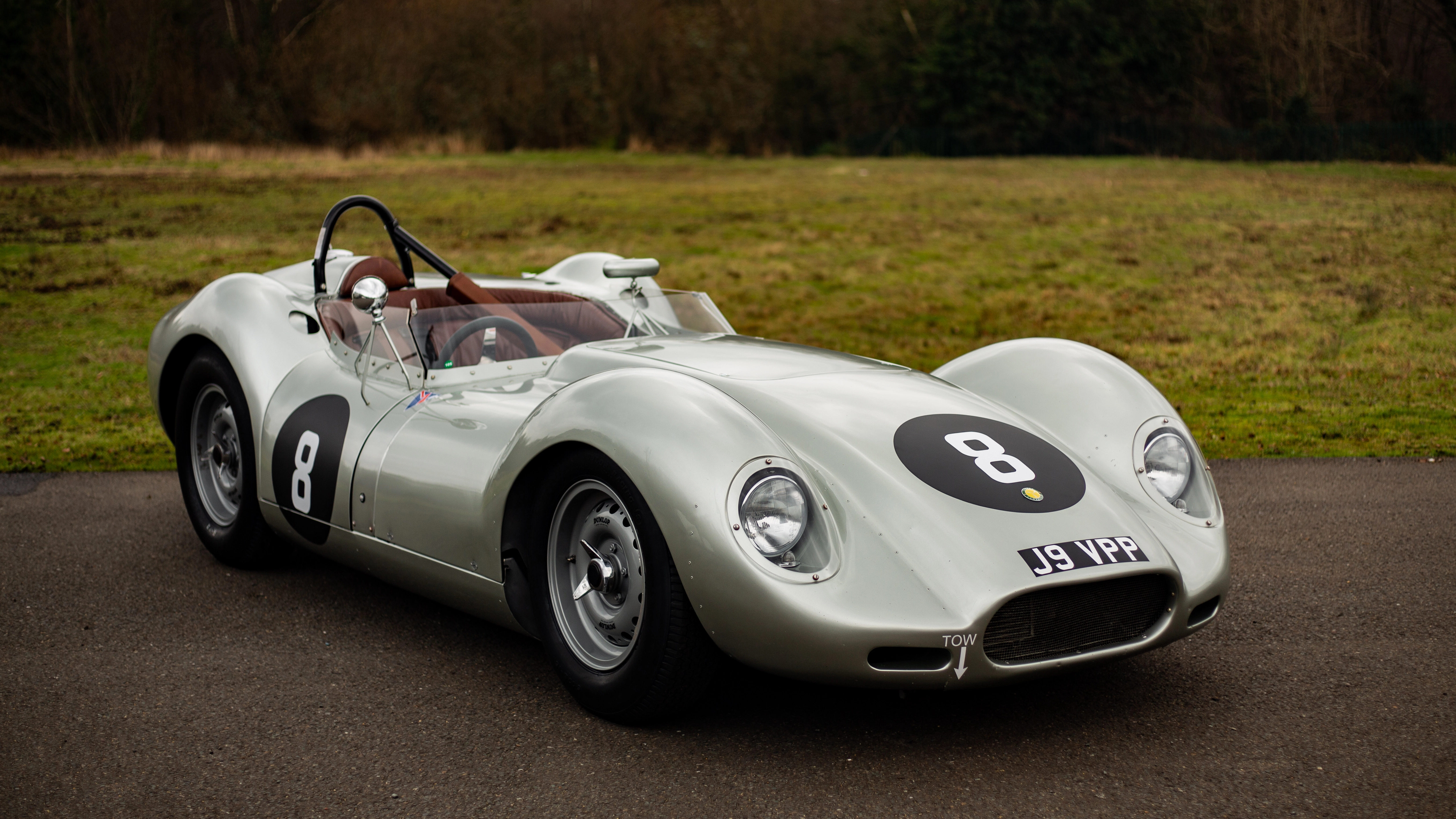
I decide to see how this monster will cope with modern traffic, and I’m also curious to see if it can hold up for a long time. It’s cold, sunny and under a blue sky I pull my closed racing helmet out of my bag. There is no heating in the Lister’s cabin, but I’m counting on radiant heat from the firewall and gearbox housing. Harder to find a more hardcore convertible… The cabin is cramped, but surprisingly comfortable, and unlike Caterhams (which I frankly hate) putting on the counter while driving does not require the prowess of an East German representative in sports gymnastics. In terms of ergonomics, it’s a typically British mess, but everything important fits in the hand. You can get used to the rest. The engine starts by turning the key – which seems somehow not very racing – and the awakened beast sounds terrifying. The thunder from the exhaust suggests that we are dealing with quite a bastard. It is certainly not a car for people with weak nerves.

The roads around the CKL headquarters are covered with cracked, twisted asphalt, and their banks slope toward ditches; the ultra-sporty cars require constant attention on them, as the changing gradients of the surface constantly try to get the driver into trouble. However, Knobbly does not get out of balance, the suspension is both springy and responsive – the wheels are constantly in contact with the road. The steering system is a masterpiece. Perfectly balanced for a challenging winding road, it certainly gives plenty of confidence on a real race track. The engine pulls hard in every gear; in fourth, the highest gear, you can go full speed, almost from zero. When a series of bumpy, difficult turns appear in front of me, I can no longer resist the temptation and deeply press the right pedal. Relaxed and satisfied, I sneak through the eddies confident that I’m using the cart’s capabilities to maybe four-tenths. Car with photographer disappears from mirrors….
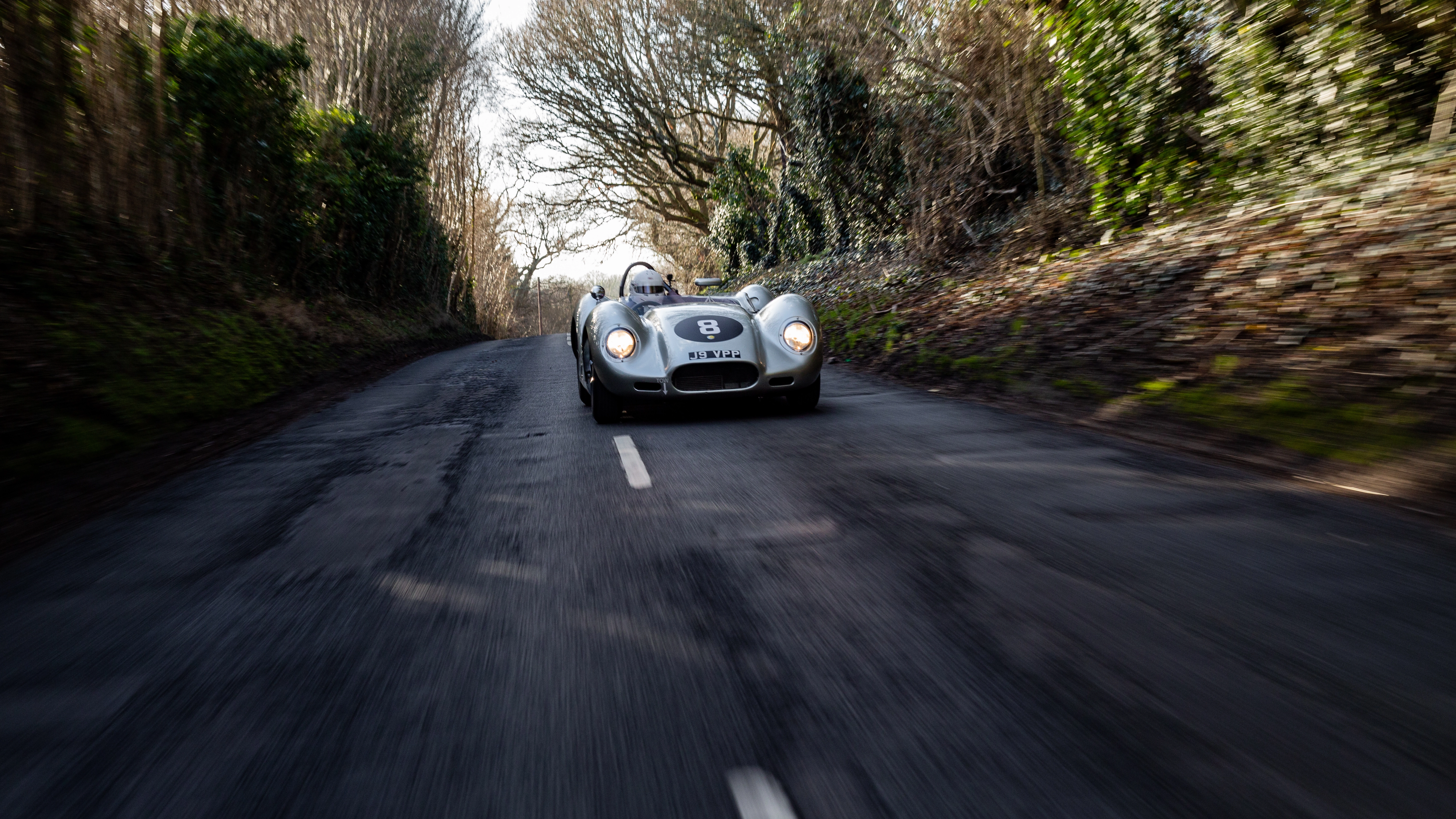
Tom and Alex, who follow me in the Land Rover, catch up with me after a long while and communicate to me how fast I was moving… let’s drop a veil of silence on this result! The Lister encourages clean, precise driving, helping the driver just as a quality tool helps the craftsman. If I had started driving with more determination, few cars, designed 50-60 years after the Lister, would have been able to keep up with me on a challenging route full of surprises. That’s how good this car is. It is also cheaper than the full original – instead of at least one million British pounds, you have to pay less than four hundred thousand.

It is rare to feel at home in a car tested by myself so quickly. Lister proves to be an exception – friendly and predictable, helping to build confidence. At completely racing speeds, it probably requires more skill and talent than I possess to win races, but I would be content with just participating in a competition where I could drive it among similar cars, tasting the excitement, jangles and smells.
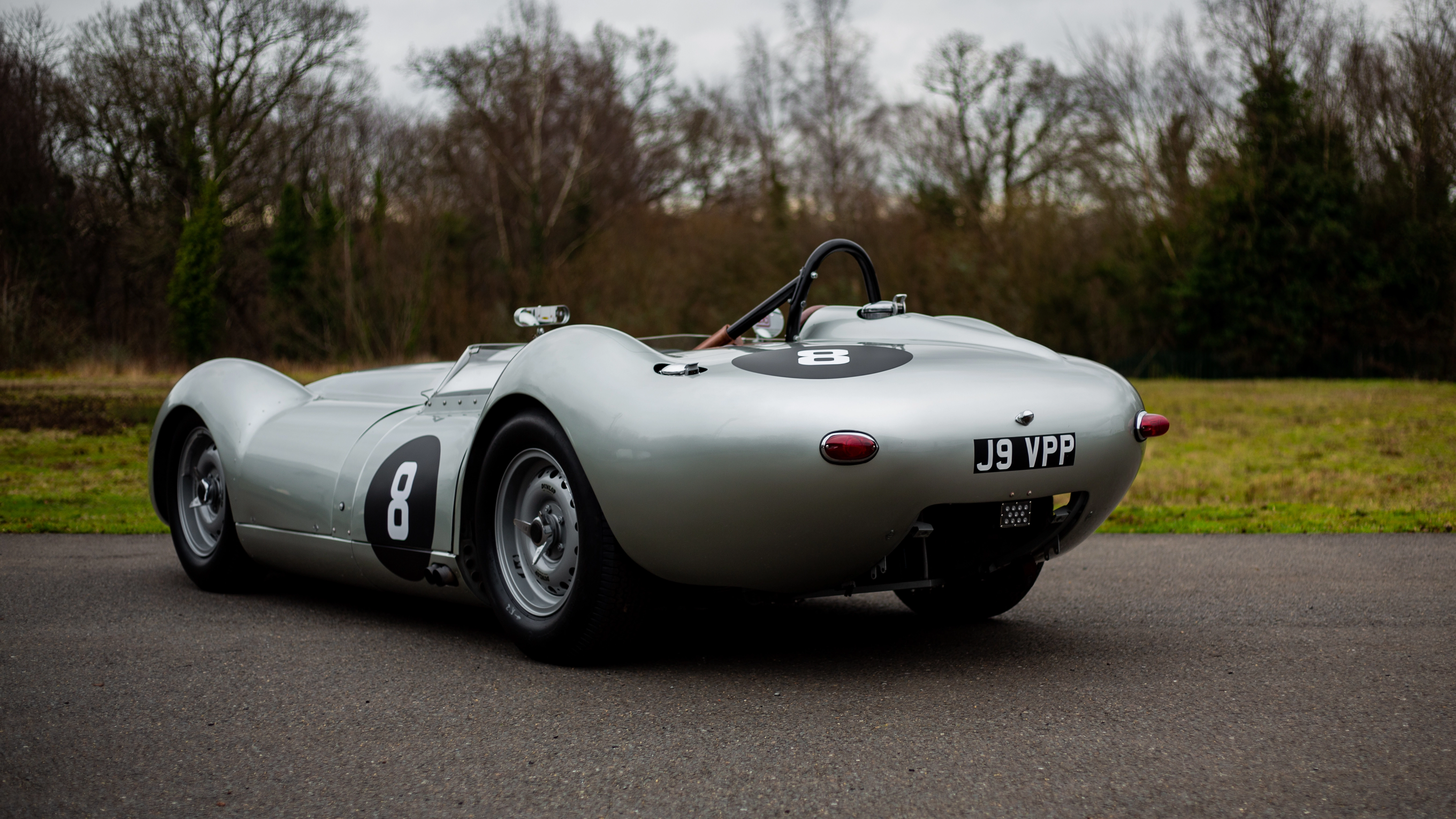
The author would like to thank CKL Developments (ckl.co.uk) for its help in realizing the material.
